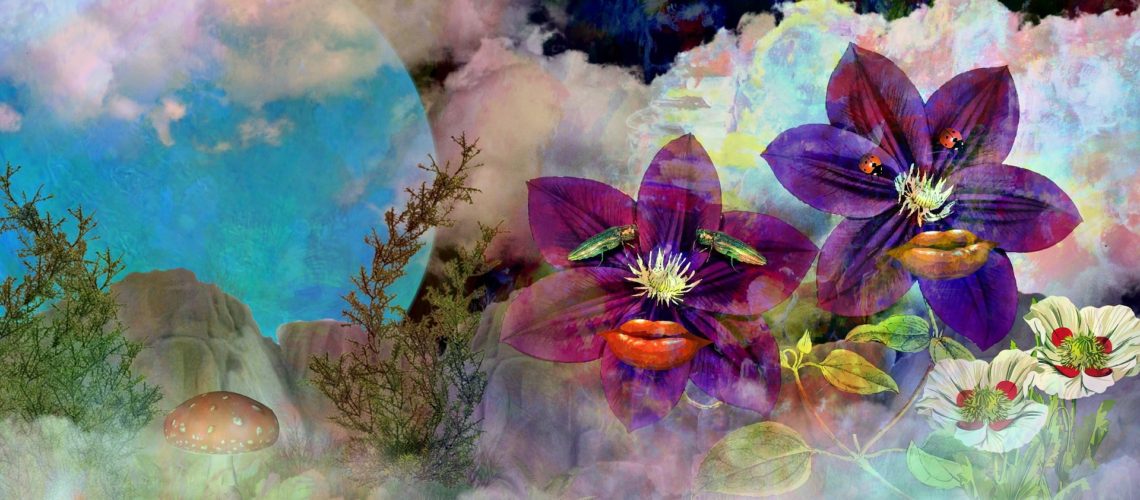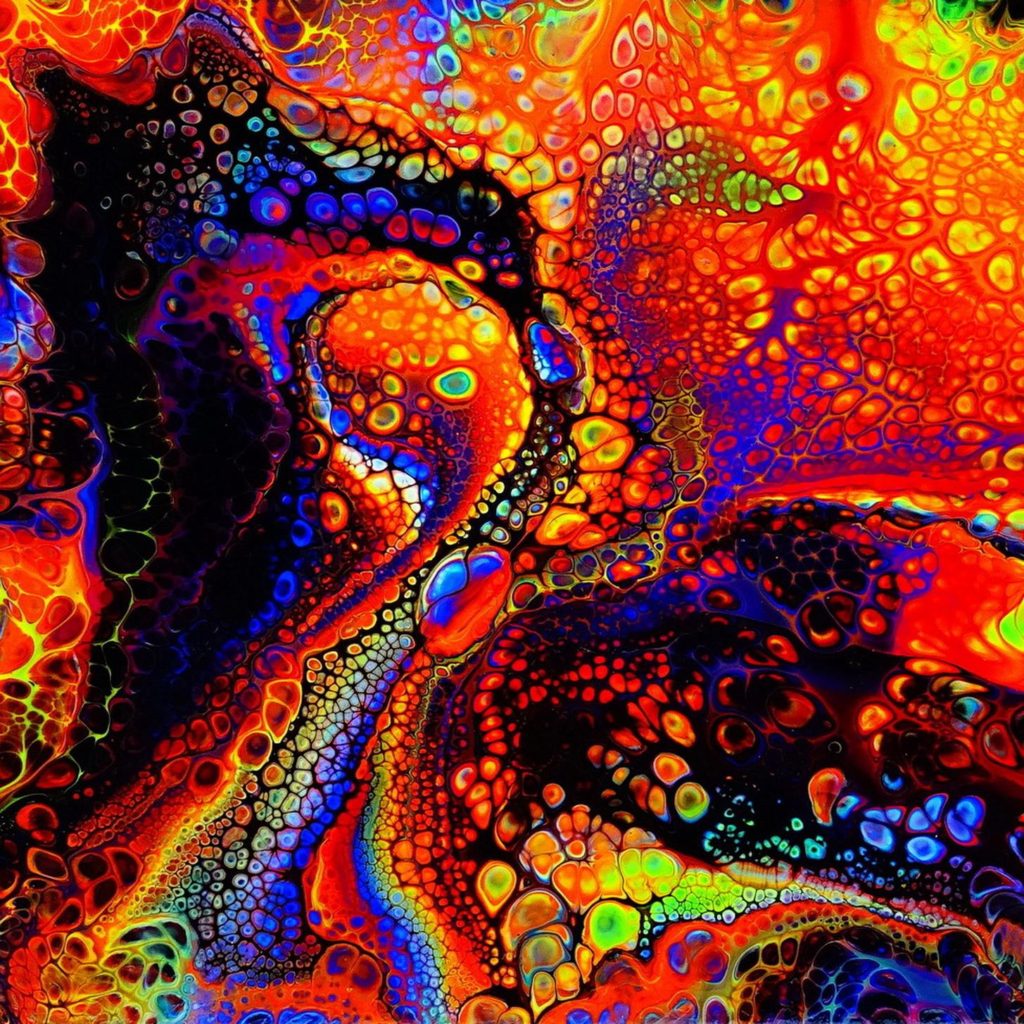A Salute to the Trippers in The Electric Kool-Aid Acid Test
October 25, 2021

The story told in Tom Wolfe’s The Electric Kool-Aid Acid Test, a book concerning an experiment to introduce radical ideas about the use of recreational drugs, is generally well-known. It concerns, first and foremost, the now iconic day-glow school bus loaded down for a trip across the continental USA; a trip during which bus pilots Ken Kesey and the Merry Pranksters became a cultural tour de force as they played new music, produced new movies, and took all manner of new drugs on their travels from California to New York and back again. It is a story that has been woven into the fabric of 1960s culture, and it is a story that has informed subsequent generations, influencing social movements in the 70s, 80s, 90s, aughts, and twenty-teens.
But as much as the story has saturated modern American thought and as much as the bus has become an icon of its age, the characters who participated in the experiment have seemingly faded into a nostalgic ether.
Thus, Tom Wolfe’s book is particularly valuable as a memorial to the forgotten men and women who drove the bus, full speed ahead, into our collective memory.

Wolfe’s book provides insight into Ken Kesey and the Merry Pranksters (the aptly named group who rode the cultural tsunami that redefined youth culture), and Wolfe shows that these young psychonauts, as responsible as anyone for fostering the psychedelic movement, foisted their weird and wacky ideas upon the conscience of America and helped propagate a counterculture whose influence laps at the fringes of the mainstream to this very day.
In the course of the book Wolfe portrays a whole host of characters whose contributions to the psychedelic movement reverberated forward in time. More importantly, Wolfe introduces the diverse ensemble with all the rich detail that one only expects of central figures, which is to say that The Electric Kool-Aid Acid Test is not a biography of the great Ken Kesey, but is instead a book about nearly everyone who helped launch the grand experiment of the age. From the Merry Pranksters’ Mountain Girl; The Hermit; The Intrepid Traveler; Gretch; Doris Delay; John Page Browning; The Hassler; Black Maria; Zonker; Gut; George Walker; Ram Rod; Stewart Brand; Lois Jennings; Paul Foster; Mike Hagen; Roy Sebern; June the Goon; Marge the Barge; Sensuous X; Anonymous; Norman Hartweg; Sandy Lehmann and Mary Microgram, to the Hell’s Angels’ Terry the Tramp; Pete the Drag Racer; Ralph of Oakland; and Chocolate George plus their girls, the book introduces a real-life cast consisting of some of the wildest and weirdest characters caught up in Kesey’s gravity. Wolfe even delves into cameos played by the Grateful Dead and the Beatles, rounding out a story jam-packed with some of the most eccentric individuals to have mingled in modern times.
The various musicians, winos, beatniks, crackpots, soothsayers, and seers, who sought out a society whose rules were written as much in opposition to mainstream culture as in relation to what brought about good vibes, may seem incidental to the movement, but without this rag-tag assemblage of dope heads, the moment would have fizzled in an unceremonious puff of smoke, becoming nothing more than a footnote in history. This isn’t to say that Ken Kesey wasn’t an important vector. He was. But in many ways Kesey was just another character along for the ride—de facto ‘on the bus’ because he was the totem around which the entire wild and weird population of the 1960’s counterculture gathered to do their thing.
The book rightly emphasizes the special recognition that Kesey garnered, but the book also grounds him in the lives of the Merry Pranksters who were on the bus taking the same ride.
Individually, each of these characters is a fragile thread, but woven together they make up a grand tapestry. And like any well-known image, Wolfe’s art displays a moment that can be understood at a glance. Read as either a warning of the risks taken by a depraved youth, or as an instruction guide concerning how to escape the morass of conventional conservative thought, The Electric Kool-Aid Acid Test is an essential read. Starting with the drugs, the movie, the music and the bus, but ending with a new way to conceptualize the individual’s relationship to culture, the book stops along unexpected but ultimately worthwhile destinations, leaving the eventual impression that youth itself is a hell of a drug.
If you liked what you read, you can find more about The Electric Kool-Aid Acid Test in part 2
